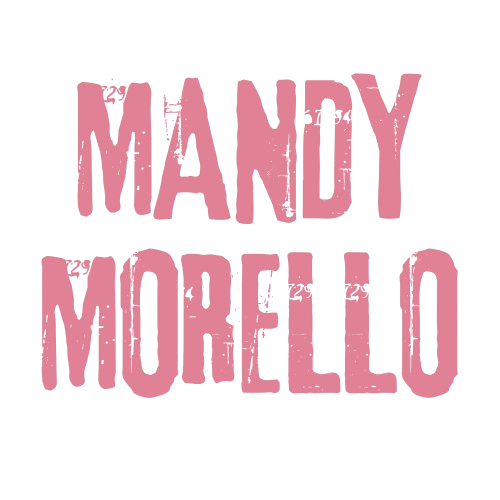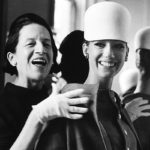5 things you need to know before you start buying vintage clothes
February 27, 2019
 Previous post
Who (& wtf) are the 60s Dolly Girls
Previous post
Who (& wtf) are the 60s Dolly Girls



1 comment
Strange that your name pops up on my telly… hope your not too close mandy….